Ogden’s wildlife rehab rescinded
Since 2009, the Wildlife Rehabilitation Center of Northern Utah has operated in Ogden as the only facility in Northern Utah of its kind, providing residents of Ogden and beyond a place to bring wild animals they’ve found that are in need of help.
On May 15, WRCNU closed its doors and stopped accepting new patients due to news that caught Executive Director DaLyn Marthaler and her team by surprise: They were being evicted.
The non-profit wildlife rehabilitation facility was notified in March that the temporary lease granted to them by Ogden City to occupy the land had been terminated, and WRCNU will have until September to move off the premises.
The land WRCNU once occupied will be given to the neighboring George S. Eccles Dinosaur Park, which has seen a spike in visitorship in recent years. Angela Horn, the park’s Executive Director, noted that the park has seen over 200,000 visitors annually during the past two years and will use the newly-acquired land, in part, to expand its parking space to accommodate its growing number of visitors.
Horn told The Signpost that WRCNU was given the temporary lease on the land in 2010 in a deal with the city of Ogden on the condition that WRCNU would make efforts to find another property to make their permanent base of operations.
According to Marthaler, WRCNU was led to believe that the temporary nature of their land lease was more of a formality than a condition that was set in stone.
A city employee who helped mediate the process of attaining the land for WRCNU had told Marthaler that Ogden City has many contracts similar to the one they made with WRCNU, and if the facility could prove through its operations that it adds value to the city, the contract would likely be “filed away and forgotten about,” according to Marthaler.
Over the years, Marthaler made renovations to WRCNU to better accommodate the facility’s growing needs, including a new HVAC system and a beaver pool that each set the center back around $10,000 to install.
“After 12 years, we thought this was our home,” Marthaler said.
Ogden City offered Marthaler an extension offer that would allow WRCNU to continue operating in its current facility, but Marthaler said the conditions of the extension prevent it from being a viable option in continuing the facility’s operations.
Marthaler said that, under the offer’s conditions, WRCNU would be required to present proof that the non-profit had either bought another piece of land or signed a five-year lease on another piece of land to move their facility to.
Marthaler said even if they were able to lease a building, there would be a number of modifications that would need to be made in order to accommodate the large range of wildlife WRCNU takes under its care.
If WRCNU fails to meet the requirements of the extension offer, the lease will default after September, and WRCNU will be allowed to stay in their current facility for $7,000 per month until they’re able to relocate.
Finding a new location for WRCNU’s continued operation would require taking out a commercial loan to cover the cost.
“We’re a non-profit taking out a loan, which is horrifying — non-profits don’t take out loans for a reason,” Marthaler said.
While WRCNU is no longer accepting new wildlife patients, the challenge now is rehabilitating the 187 animals that they still have in their care and releasing them out into the wild. Moving facilities would be a logistical impossibility with all the rescued animals in tow, but the only other option would be to euthanize all the animals currently in WRCNU’s care — an option Marthaler and her team refuse to consider.
Although much of what’s been reported about how the land WRCNU once occupied will be used emphasizes the Dinosaur Park’s plans to expand its parking capabilities, Horn said improving the Dinosaur Park’s parking accommodations is just one of the many things the Dinosaur Park is planning to do with the newly-acquired land.
“There are a lot more projects in the works than a parking lot,” Horn said. “There is already a parking structure over there — we just have plans to repave it, reline it and add more parking stalls.”
Horn said that maximizing the amount of green space in the park will remain a top priority when deciding what the park will do with the additional land and that plans also include the construction of a maintenance facility that is needed in order to maintain the park’s growing tract of trails and green spaces.
One other use-case for the newly-acquired land Horn talked about was the opening of a new facility called The Hatchery, a studio space that will allow the Dinosaur Park to collaborate with the local art community to create the park’s famous life-sized dinosaur sculptures in-house.
“The Hatchery will allow us to collaborate with local artists, collaborate with art programs, such as the one at Weber State, to really create art pieces here,” Horn said.
While Horn is excited about the plans Dinosaur Park has concerning the newly acquired space, she and many other Utahns are saddened to hear of the WRCNU’s current predicament, fearing the loss of a valuable community resource.
While some remain hopeful that through organized demonstrations and communication with Mayor Mike Caldwell that Ogden will be persuaded to change the land agreement it has with WRCNU to allow it to continue occupying its current facility, Marthaler is bolstering her efforts to release as many of the animals in her care as fast as possible as the September deadline draws nearer.
However, because of how involved the process of rehabilitating and reintroducing a wild animal back into the wild is, Marthaler said they’ve only been able to release three or fewer animals on a weekly basis, meaning there is no way they’ll be able to release all 187 animals by the deadline given by the city.
These time constraints have been imposed on WRCNU despite public comments Caldwell has made about the situation, saying he’s not asking for animals to be euthanized, and he’s taking into consideration all the feedback he is getting from concerned local citizens.
Despite Caldwell’s reassuring stance on the situation and insistence that negotiations between the city and WRCNU are ongoing, Marthaler and her crew continue to work feverishly to prepare for the grim prospect of relocating their facility. Marthaler has also begun taking some of the rescued animals from the facility under her own care at her personal residence.
To many in the community, including Horn, WRCNU’s situation is a saddening one as it means the loss of a local non-profit with an admirable mission that provided a valuable service to the community of Northern Utah and its local wildlife.
“There is no one else doing this,” Marthaler said. “We take in 4,000 animals a year, and so without us, that’s 4,000 animals that are going to die.”
Marthaler further explained that around 80% of those 4,000 animals are in need of rescuing because of a “human-impact” cause — things like gunshot wounds, window hits and lead poisoning, which can affect animals when hunters don’t bury their discarded ammunition. She believes that on top of rescuing animals in need of help, WRCNU can serve to mitigate those factors through its efforts in educating the community about Northern Utah’s wildlife.
Marthaler also said rescuing and rehabilitating animals is important to those who have brought animals they have found to WRCNU. She knows that she isn’t the only one who cares about seeing downtrodden animals spread their wings again.
“What breaks my heart, too, is that those 4,000 animals each come with a set of hands that have found them and cared enough to pick them up, find us, and bring that animal to us,” Marthaler said. “Those people need an outlet too.”



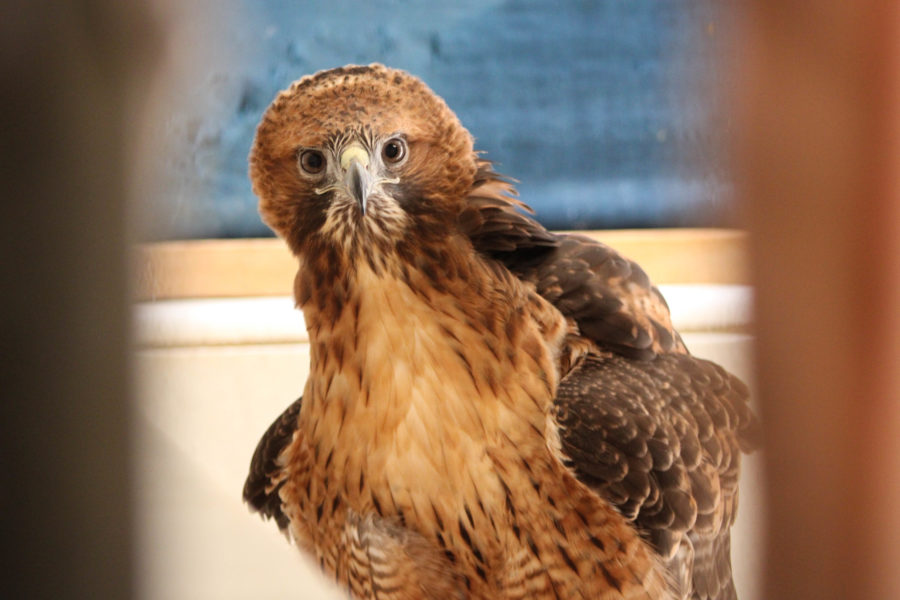
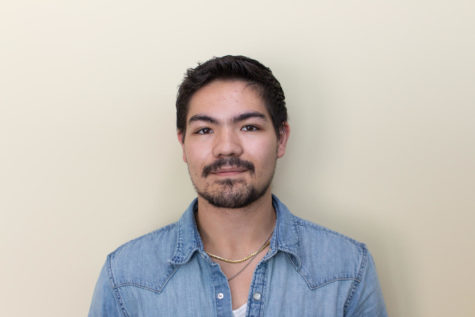


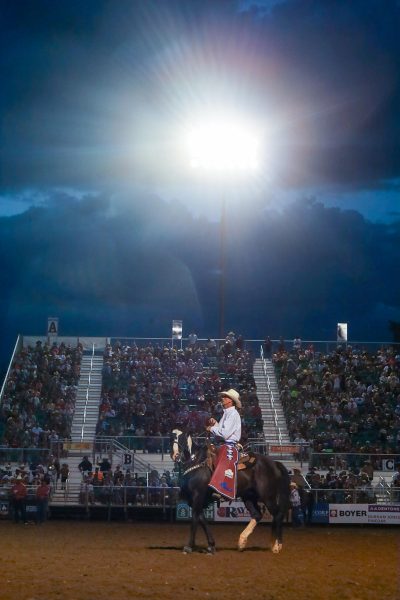
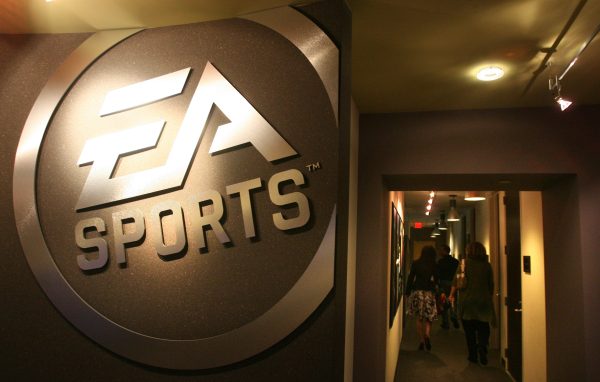

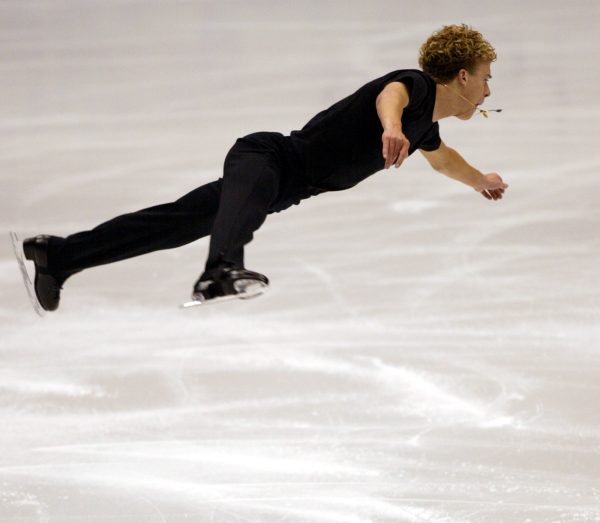
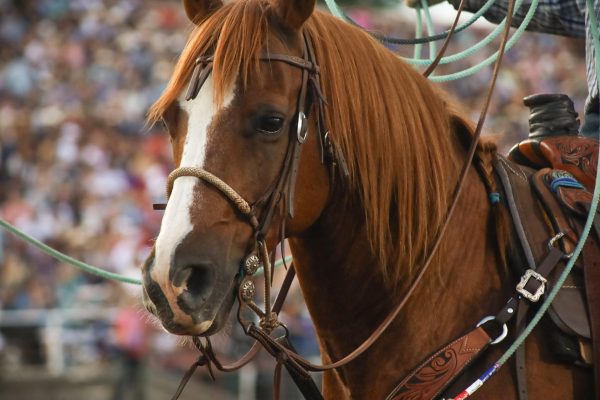
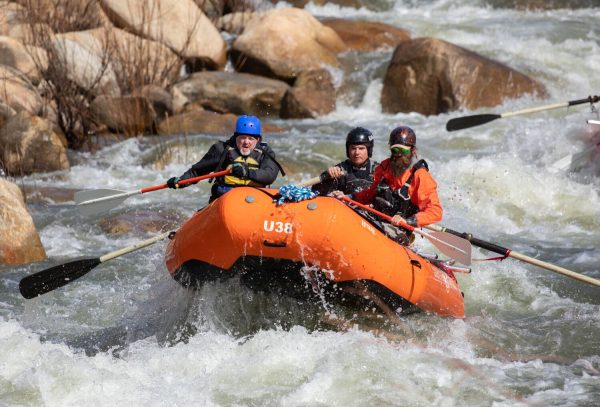
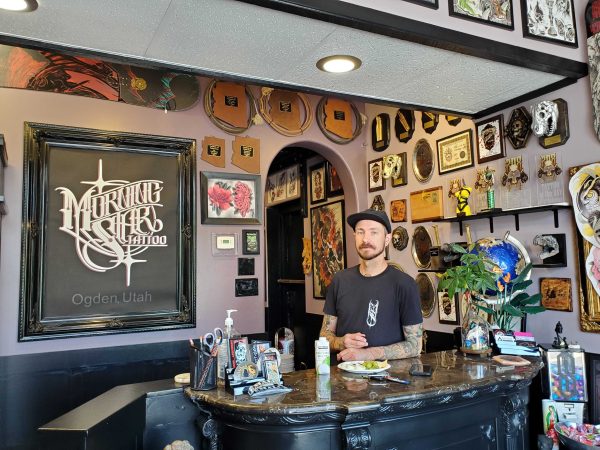
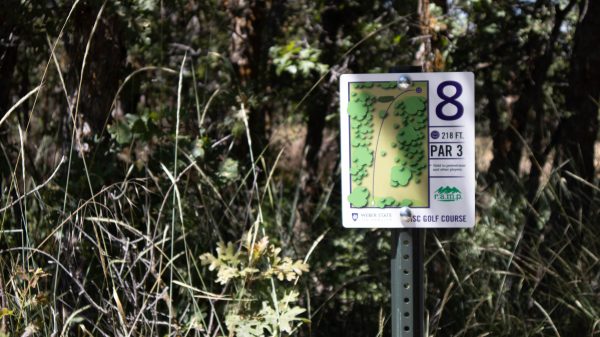
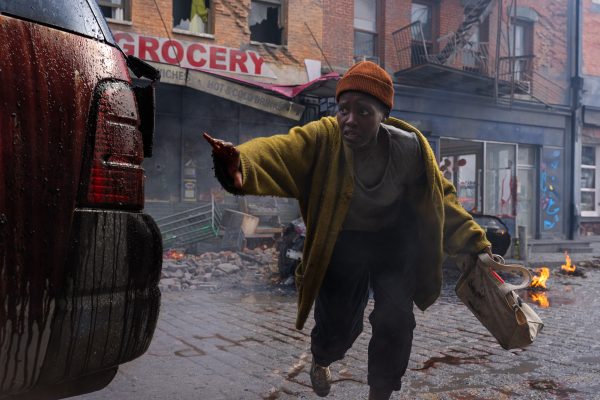
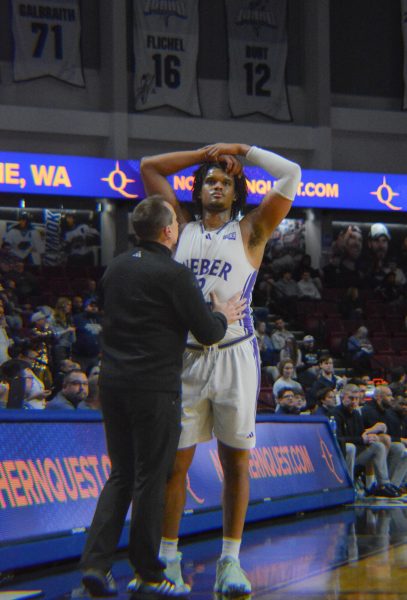
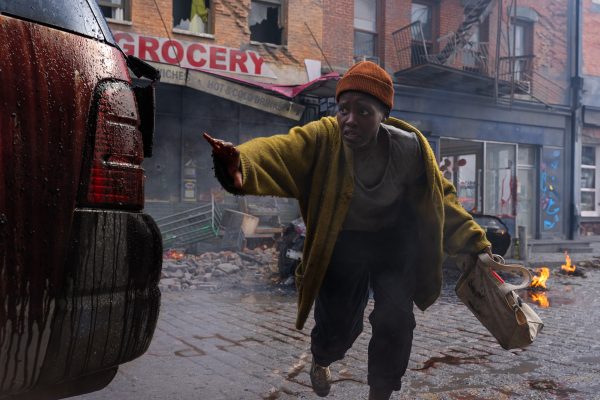
Gabbi • Jul 10, 2023 at 12:27 pm
As someone who’s grown up in the area my whole life and taken at least three injured birds to the WRC since I was a small child, what can I do to support the organization through this?
Margaret Handrahan • Jun 14, 2023 at 8:25 am
Ogden like to boast an outdoors adventure kind of city but this goes against all they say and advertise, they stand for. Outdoors with great animals, scenery, and hiking, biking, and that no other place compares to. Truth of the matter is they could care less about the animals, scenery and destinations. Let’s put more parking to enjoy the extinct animals and let our
wildlife suffer and die. We boast outdoors we scream extinct. Good job Ogden!
Angie Scothern • Jun 13, 2023 at 7:42 pm
Why is it more important to preserve dinosaur park? A park that is dedicated to animals that are extinct, or a facility that saves living creatures. We need to save the living.
Angie Scothern • Jun 13, 2023 at 7:38 pm
Mayor Mike Caldwell needs to gift the deed to the rehab center. That’s the only right thing to do.